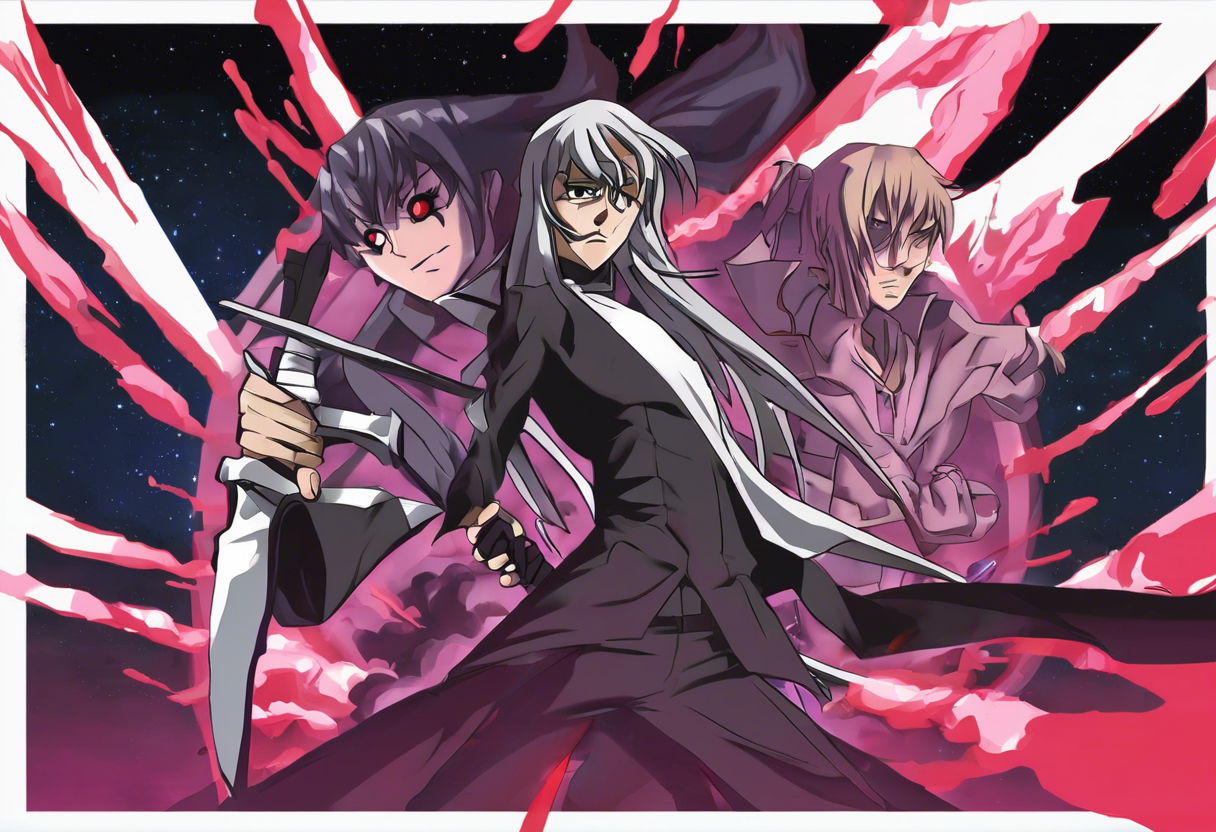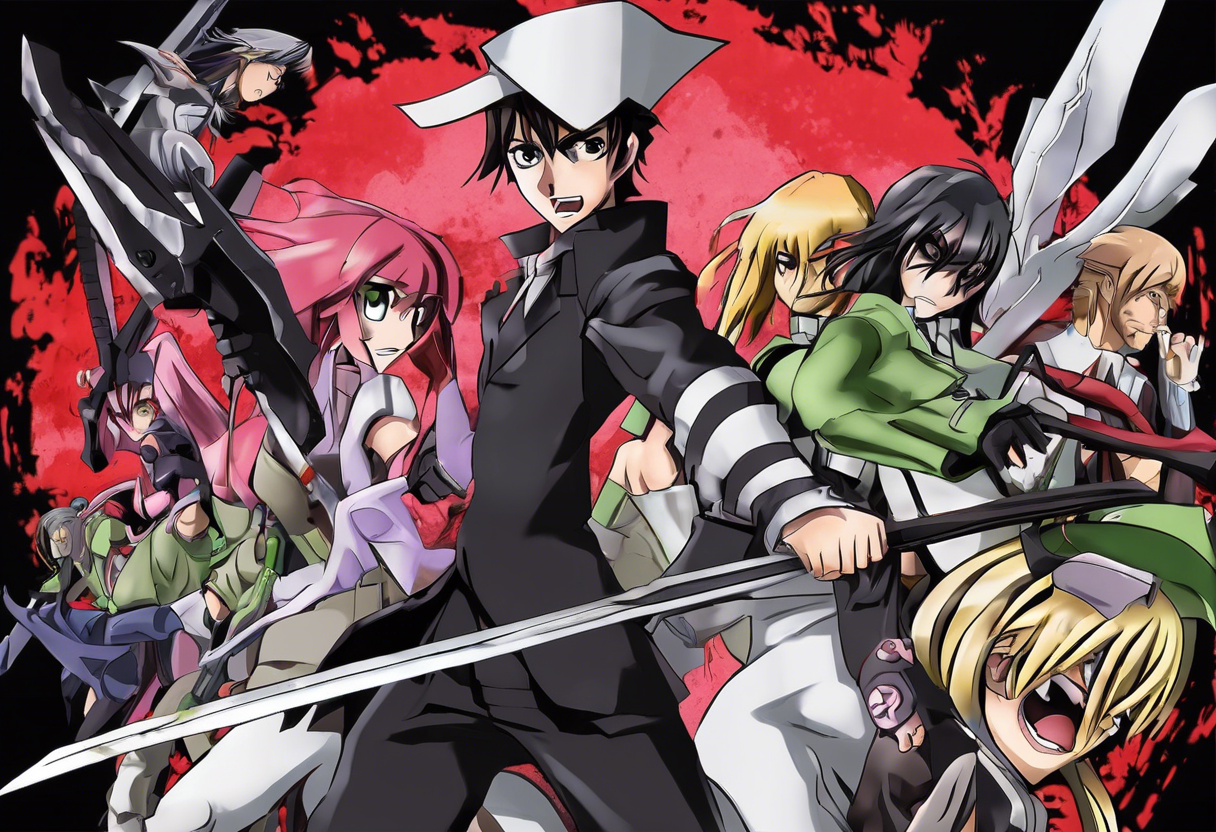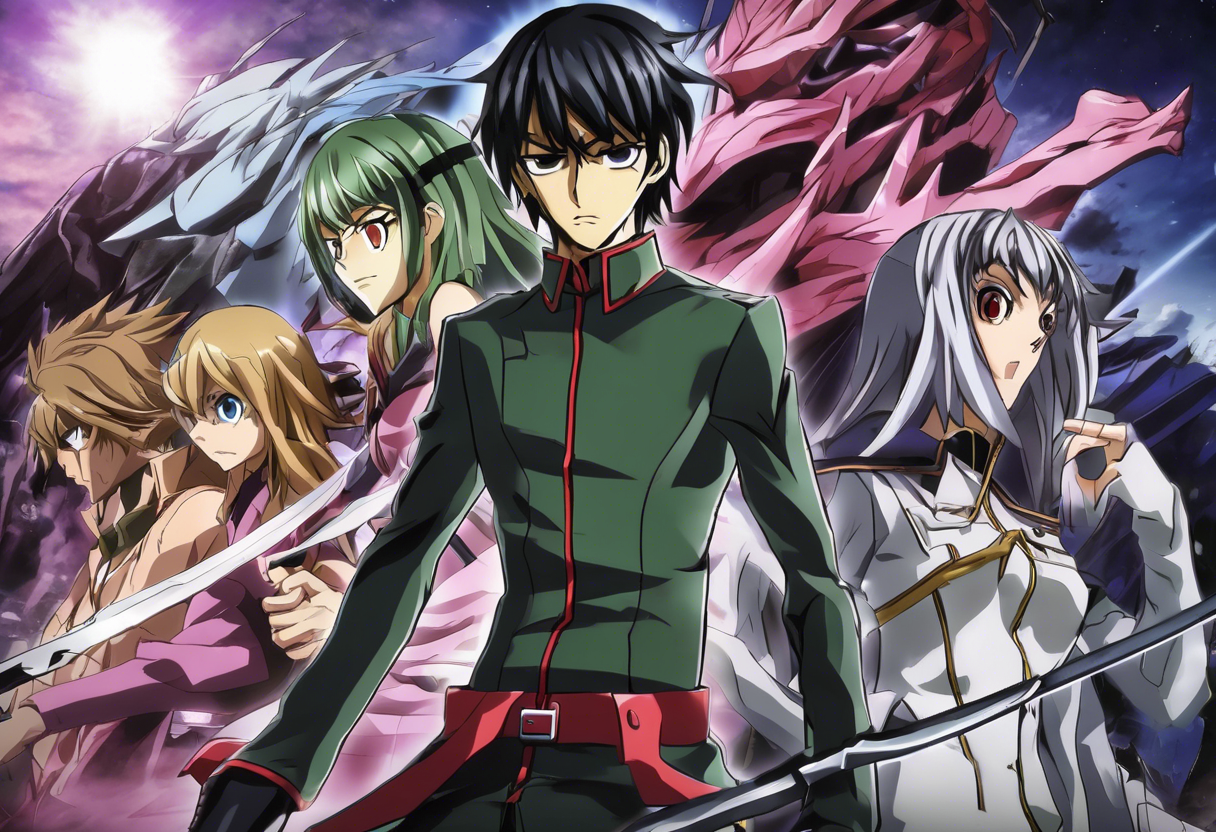Contents
Akame ga Kill Episode 20: Kill the Pandemonium
Introduction
Akame ga Kill Episode 20, titled "Kill the Pandemonium," is a pivotal installment in the anime series based on the manga of the same name by Takahiro and Tetsuya Tashiro. The episode was directed by Tomoki Kobayashi, with screenplay by Makoto Uezu, and produced by C-Station and White Fox. It initially aired on January 25, 2015. This episode stands out within its genre for its intense action sequences, complex character dynamics, and the escalating conflict between the revolutionary group Night Raid and the Imperial Capital.
Plot Summary
In "Kill the Pandemonium," the narrative delves into the ongoing mission of Night Raid to infiltrate and dismantle the corrupt Imperial Capital. The episode begins with Tatsumi and Lubbock embarking on a mission to enter the capital from above ground, while Mine and Leone attempt to find an underground entrance. This dual approach highlights the strategic depth and coordination within Night Raid.
As Tatsumi and Lubbock navigate the treacherous streets, they encounter a girl from the resistance who seeks their assistance in infiltrating the capital. Despite initial reservations, they agree to help her, only to find themselves in a gruesome scene where a room filled with dead bodies suddenly self-destructs. This chaotic event is interrupted by the arrival of Surya and a character resembling Gamagoori from Kill la Kill, who add to the chaos and danger.
Meanwhile, Wave and Kurome, members of the Jaegers, are dealing with the aftermath of Seryu’s death. Kurome’s emotional state is fragile, often leading to her passing out, which adds a layer of vulnerability to her character. Run’s explanation of the Jaegers’ significant losses underscores the high stakes and the toll the conflict is taking on both sides.
Tatsumi and Lubbock’s mission takes a critical turn when they are confronted by Budo and Syura, powerful adversaries from the capital. Tatsumi faces off against Budo but proves to be no match for the general’s superior strength and combat skills. This battle showcases the immense power disparity between the characters and sets the stage for further conflicts.
The capture of Tatsumi by the capital forces Night Raid to launch a rescue mission, highlighting the group’s camaraderie and determination. This plot twist intensifies the narrative, emphasizing the personal risks each character takes in their fight against the capital.
Throughout the episode, character interactions and dialogues provide insight into their motivations and future aspirations. Lubbock’s desire to return to working at the library and potentially proposing to Najenda reveals a softer side to his character, contrasting with the brutal reality of their current situation. Leone’s teasing of Mine about her feelings for Tatsumi adds a comedic relief but also deepens the emotional complexity of the characters.
The setting of the Imperial Capital, with its layers of corruption and violence, serves as a backdrop for the moral dilemmas faced by the characters. The capital’s dark underbelly is exposed through the numerous dead bodies and the self-destruct mechanism, symbolizing the capital’s willingness to go to extreme lengths to maintain control.
The central conflict of the episode revolves around the infiltration attempts and the subsequent battles, which are intense and emotionally charged. The capture of Tatsumi raises the stakes, making the upcoming episodes crucial in the overall arc of the series.
Themes and Symbolism
"Kill the Pandemonium" explores several central themes that are pivotal to the series. One of the primary themes is the cost of revolution and the moral ambiguities involved. The episode highlights the brutal consequences of war, where characters on both sides suffer significant losses and emotional trauma. This theme is symbolized through the self-destructing bodies and the capture of Tatsumi, emphasizing the high stakes and personal risks.
Another significant theme is the power of camaraderie and loyalty. Despite the dire circumstances, Night Raid members remain committed to their cause and to each other, exemplified by their determination to rescue Tatsumi. This theme is reinforced through the interactions between characters, such as Lubbock’s future plans and Leone’s teasing of Mine, which show a deeper connection among the group.
The character of Kurome, with her fragile emotional state, symbolizes the psychological toll of violence and loss. Her vulnerability contrasts with her usual tough exterior, adding depth to her character and highlighting the human cost of the conflict.
Cultural Impact
"Kill the Pandemonium" has contributed to the cultural significance of Akame ga Kill as a series. Upon its release, the episode was noted for its intense action sequences and emotional depth, resonating with audiences who were invested in the characters’ journeys. The episode’s impact can be seen in its influence on other anime series, particularly those in the action and fantasy genres, where complex character dynamics and high-stakes battles are common.
The episode has also been referenced in various forms of media, including fan art and fan fiction, where the characters and their interactions are often reinterpreted and expanded upon.
Critical Reception
"Kill the Pandemonium" received positive reviews from critics and audiences for its engaging storyline, intense action sequences, and character development. Critics praised the episode for its ability to balance action and emotion, creating a compelling narrative that kept viewers engaged.
However, some critics noted that the episode’s pacing was somewhat rushed, particularly in the handling of certain character arcs. Despite this, the overall reception was favorable, with many considering it a standout episode in the series.
Legacy
The legacy of "Kill the Pandemonium" lies in its contribution to the broader narrative of Akame ga Kill and its influence on the anime genre. The episode’s intense action, emotional depth, and complex character interactions have set a standard for future anime series.
It continues to inspire filmmakers and artists with its unique blend of action, drama, and fantasy elements. The episode’s themes of revolution, camaraderie, and the human cost of conflict remain relevant, making it a memorable and impactful installment in the series.
References
- https://theadultswimsquad.wordpress.com/2016/01/25/akame-ga-kill-episode-20-recap-kill-pandemonium/
- https://akamegakill.fandom.com/wiki/Episode_20
- https://www.youtube.com/watch?v=g01xlGkh4sc
- https://www.dailymotion.com/video/x57uhuh
- https://www.hulu.com/series/akame-ga-kill-b6141bb5-8cd4-47dd-941c-711898814242







